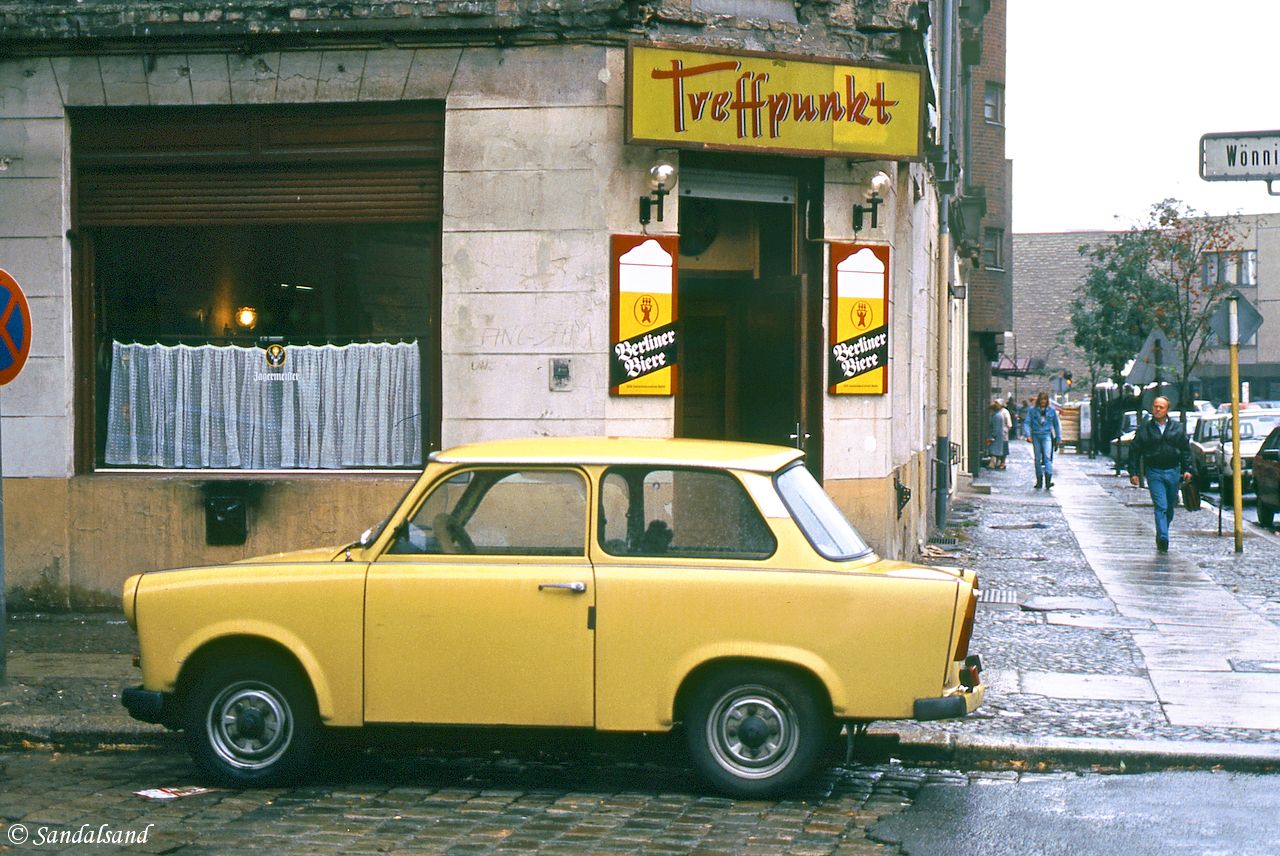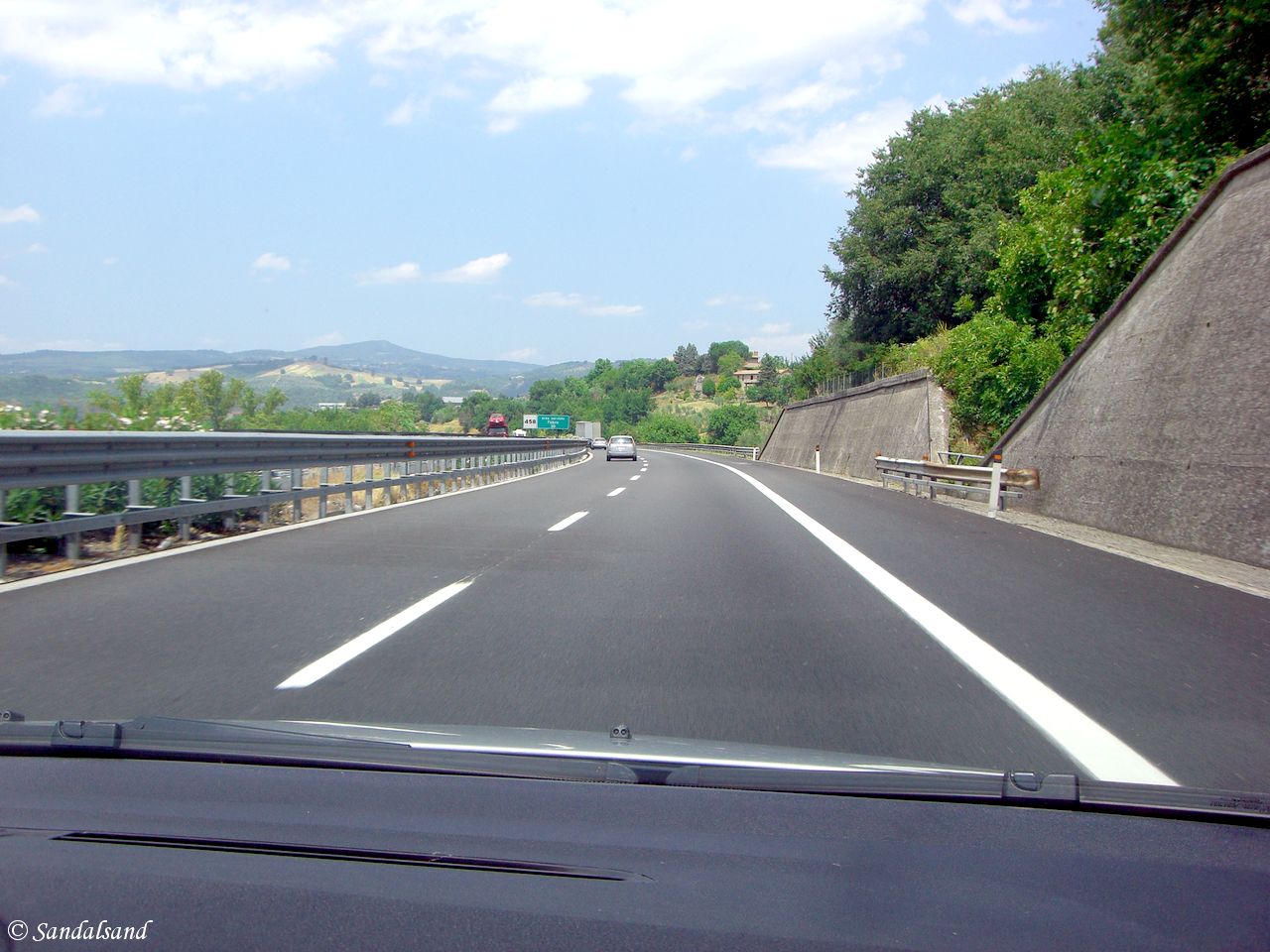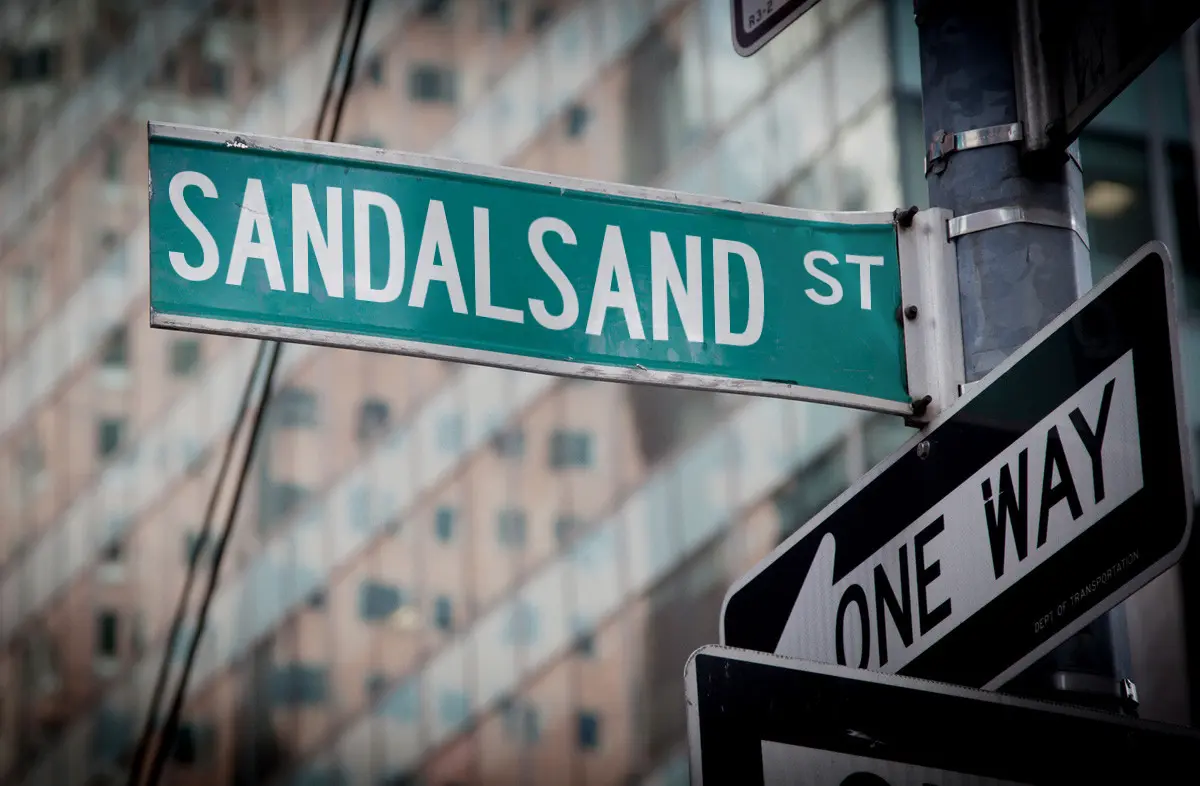How do you go about geotagging pictures and why? The other day I came across a New York Times article about a camera that had been in lost in a creek and not found for three years. The finder was able to read the memory card to get photographic clues as to who the owner was. He was successful.
The article was fascinating for several reasons, one of them for the meticulous detective work that sometimes evolves around finding the correct geographical location of a picture. According to the article “(…) he began poring through Google Maps along every intersection of a Third Avenue in New York City that had a traffic light. After hours of searching, he found the house (…)”
I have spent hours doing this myself. The difference is that I have had a fair notion of where in the world to look.
There is hidden information in all digital photographs
I have tens of thousands of pictures showing this and that part of the world, or some family party or another. Years ago I dropped the old hard copy photo album where you would be able to write comments on the side. Instead I used Windows Explorer’s Comment field to add comments to the picture. It is quite easy to add similar comments to similar pictures, that is, batch processing the commenting process.
The Comments field in Windows is however not a proper EXIF field. A couple of years ago I moved all my comments to the Title field, again using Windows Explorer. I have found no better editor than this. (Microsoft Pro Photo Tools and Google Picasa works as well but are more cumbersome in that respect.)
EXIF fields are information about the photograph hidden inside the file, called metadata. They contain information about time, camera, shutter, flash and so on. The most recent SLR cameras, as well as a number of mobile phones, have GPS installed and are able to pinpoint the geographical location into an EXIF tag as well.
I have spent hours and days EXIF-tagging missing information in my own pictures and in pictures I have copied from family/friends. That information has involved correcting the date and time of pictures. (I hate those who can’t put their camera date correct. When you want to sort and rename all photos in a particular sequence you will often need to correct your friend’s “date taken” tag by e.g. one hour and three minutes, to get it right. Growl…) Furthermore I have added information on all the pictures from before the digital age, i.e. the positive and negative film strips I have run through my Canon 9950F flatbed scanner.
Now, let’s go back to geotagging.
Why geotag in the first place?
By far the heaviest but also most interesting tagging process has been that of geotagging. Even GPS data from say an iPhone shot will have to be manually corrected, but the biggest task comes from all the other photos.
The point of all this, and the answers to my question above is:
- This enables me to quickly search and find particularly titled pictures across the multitude of folders they are located in.
- These tags are also exported to my blog and to my web albums when I upload selected pictures.
- I can pinpoint the exact location of my whereabouts at any given date and time of day.
- I’m making the world a favour. Anyone can fly back in time and see how a particular place was like at a particular moment.
Example no. 1
Try this Google Image search “Boracay 1985” and see if you find my Sandalsand pictures from that island paradise so many years ago.
Example no. 2

Trabant in front of a “kneipe” in Berlin, 1990
Here’s a picture from an unknown place in East Berlin in 1990. The street scene is typical of that time: A drab street and building, a bar (kneipe) and a Trabant car. I have scanned the original dias photo and added metatags later on (title, date, and geotag). I actually managed to fint the exact location that picture was taken on. Check its mapped location in my photo album here (link to Picasa Web broken, sorry) and then have a look at what Google Street View offers as its most recent picture. This time I can’t be 100 % sure that I’ve found the correct place, only 99 %.
Finding that location involved these steps: 1) I knew I was in East Berlin, 2) I was able to read the first five letters of that street sign, 3) A probable street name was on Google and 4) I used Street View to run from one end to the other of Wönnichstrasse to find the right corner, now holding a video shop. I was able to more or less verify the buildings at the facing end of Irenenstrasse. Phew!
Example no. 3

On the motorway, somewhere in the middle of Italy
The next picture was more time-consuming. The location was obvious to me, in general terms. It was somewhere along the motorway from Rome to Tuscany. But exactly where? We only took a couple photos and video clips out of the window. Using them, the time of day in the metatag and the almost readable street sign ahead I was able to zero in on a particular stretch of umpteen kilometres. From there on I had to rely on Google Street View to “drive” along the motorway as fast as I could. The result is worth the effort!
Here’s the present edition of Street View on that same location. Are you impressed?
Why you should not geotag
It is basically about keeping the stalkers, spies and others away from your private sphere.
If you do not want to show your whereabouts, turn off this automatic feature on your smart phone and your digicam. This will however not prevent people from finding out where you spent your summer vacation if you’re posting a picture of yourself in front of the Eiffel Tower.
You can also choose to geotag all your pictures but remove personal tags before uploading to a public web account.
How to geotag your pictures?
I do not claim having found gold, but I have looked into a few options of how to add geographical location to the EXIF tag of a photograph.
The basic recipe is simple:
1. Use Google Picasa to sort your pictures, click the Places marker to open a Google map in the sidebar and zoom in. Drag the pictures taken onto the correct location on the map.
2. Use Google Maps in a browser window to easier look up a special street corner where a picture was shot.
3. Sit back and enjoy your work.
Microsoft Pro Photo Tools offers more or less the same functionality, using Bing Maps instead. I find Google better.
There’s more of course. First a resentment.
Problems: a) Sometimes I have found that geotagging in Microsoft Pro Photo Tools renders a slightly different location when showed in Picasa using Google Maps. b) Using the Satellite View in Google sometimes give a little offset location than the (plain) Map View.
Geotagging can be tiresome. I have caught myself cheating by dumping pictures on a place that I know is not very accurate. I might be planning to return and fix it, which I often do. Other times the placement of five pictures in a small town central square is better than trying to find the exact side streets these five pictures were taken in.
The art of geotagging
Who says life is easy? Finding the correct location of a photo you shot on the move is not easy. You can spend a long time in Google Maps to find the right spot, virtually on the right metre and with the right angle to the motif.
I have reenacted many trips by doing this exercise, checking maps, web articles and other people’s photos.
There may be tools coming up making that process easier.
- Google’s image search, where you can upload a picture and use it in a search for itself (so to say) is not out of its cradle yet. It is not made for geotagging anyway and is perhaps a very slow way to work.
- Here’s an iPhone app (sorry, link broken after publishing this post) that records your location when you’re on a trip, even in sleep mode. You then synchronize your photos with that app when you’re back home on your PC. I have not tested this.
Further reading
I am discussing the tremendous task of creating a digital collection of media in a series of articles.
- Taking care of your photographed memory (Introduction)
- Video photography: My journey through the history of camcorders
- Making old video available on a digital platform
- Working on digital video files
- The making of a digital photo collection
- The art of geotagging pictures
- NEXT CHAPTER: Building a media archive of pictures and video clips
- Storing your media archive and keeping it safe
- Making YouTube videos from photos and video clips


